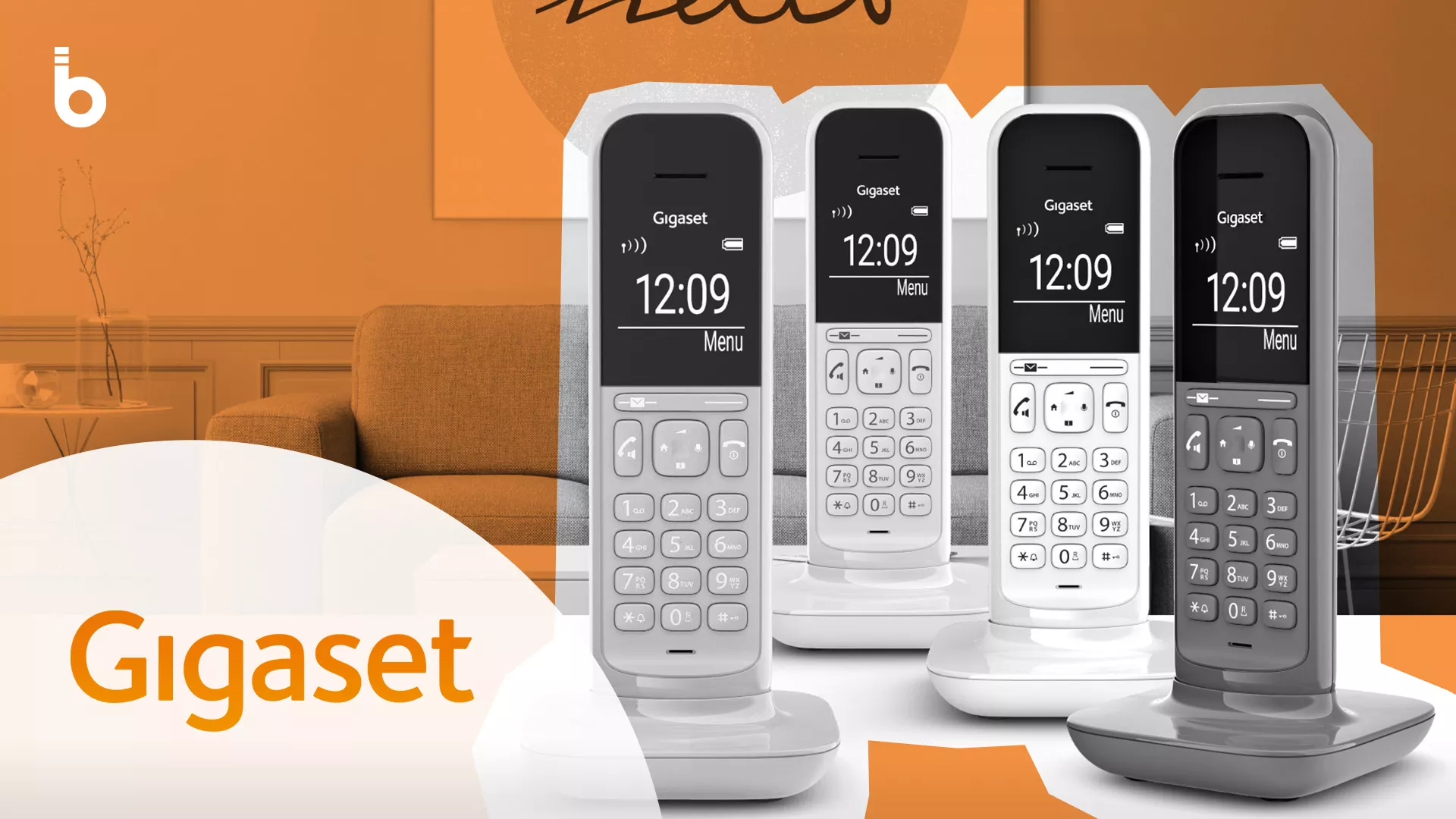


After a carve-out from parent company Siemens AG, Gigaset sought to replace its inherited complex IT landscape with a more flexible, streamlined approach to planning and analysis. The business chose the Board Intelligent Planning platform to provide greater flexibility and visibility across finance, sales, logistics, material and product management, transport, and production activities, resulting in significant IT savings.

Gigaset AG, Munich, is a market-leading international communications technology company, and Europe's leading DECT telephones producer. With around 900 employees and sales activities in almost 70 countries, the company continues to develop and market innovative business telephony solutions for small and medium-sized enterprises under the Gigaset pro brand and also operates in the smart home arena. In addition, Gigaset is the only smartphone manufacturer to produce in Europe.
When Gigaset was still part of Siemens AG, the IT landscape was geared to the needs of a large corporation with relatively high operating costs. This also included the use of SAP BW, SAP BI IP, and SAP APO DP in the area of BI & CPM. This system landscape was very laborious and each modification had to be undertaken by external service providers. As Gigaset carved itself out of the group, a new course of action arose and an ambitious cost-saving program was set up. Planning was based on SAP BI IP and SAP APO, and reporting was based on SAP BW, all of which had continuously grown in complexity and scope over the years. The aim was to remove these systems as BI tools in just over five months from the new project's start date. In addition to this, users required considerably faster performance from a new system.
The main objective of the project was that BI must become lower-cost and more efficient, and as a whole be sustainable and upgradable according to Gigaset's changing requirements.
The initial goal was to use a higher-performance and more user-friendly tool to completely replace the existing SAP APO DP/SAP BI IP solution that Gigaset had been using for sales, turnover, and margin planning. As a second project step, the SAP BW solution, which had been used for reporting, was also to be replaced.
The fragmented processes related to volume planning, rolling value forecasting, and annual budget planning were to be merged within a single tool, simplified, and harmonized. Board, the Intelligent Planning Platform that offers smarter planning, actionable insights and better outcomes, was selected for the task.
The long-term goal was to use Board for each of the following activities:
Financial/Demand Planning
Sales/Logistics Reporting
Variant Planning
Material Management
Product Management
Transport Management
PLM Controlling
Production
Financial Reporting
Sales and Supply Chain Planning
Today, each of Gigaset's subsidiaries uses Board for monthly sales planning. Planning is done for twelve months on a rolling basis and, in addition to the rolling order forecasts (ROF), special activities or the market launch of new products are also taken into account.
The outcomes of the ROF planning are consolidated and checked centrally in Germany by the Supply Chain department. This forms the basis for the turnover forecast. Supply Chain also takes this data and uses it as the basis for creating a strategic plan in Board. This data is used as the foundation for the entire supply chain management (SCM) process, from procurement to production control. To enable this, the data is written back into the operating source system (SAP).
In a further step, the SCM can distribute the monthly requirements across the corresponding weeks, according to customer behavior, and transfer this to SAP. The outcomes are used in both the monthly financial forecast and annual budget planning. In addition to the planned quantities, the corresponding prices and manufacturing costs for products are either downloaded anew from the SAP system to Board or, if they are not yet available, defined in Board and later transferred back to SAP.
Reporting
The reporting area within Board, produced by Board's long-standing implementation partner Qurius, contains globally standardized as well as customizable reports for Sales and Logistics which display the status quo compared to the plan and/or forecast in seconds. With ad hoc analyses, users can identify deviations and changes at any time. In this way, suitable measures can be deduced in a very short period of time and implemented where required.
Product Lifecycle Management
Another Board application has been created for variant planning and product life cycle management. It is used for the planning of milestones in product development and among other things displays the pre-production capacity utilization in production. As various departments are involved in the lifecycle of a product, each step must be accurately planned. This application makes it possible to view when data from the various areas needs to be processed or when the devices are available to be marketed.
From the very beginning, Gigaset set the course for a high level of user acceptance thanks to strict project management and the intensive involvement of future users via opinion polls, special training sessions, and even the formation of a Business Intelligence Competency Centre (BICC).
Through the Board platform, Gigaset gains actionable and crucial insights that are also used in the operational business as the planning data is written back into the source systems as concrete production and purchasing specifications.
Streamlined, automated processes
Overall, the system has adjusted perfectly to suit the newly designed company structure. With the carve-out of Gigaset from the Siemens group, many aspects have been simplified and streamlined, which is also reflected in the leaner processes that have been mapped with the aid of Board. There are now fewer individual work steps, many of which have been automated and are now more closely interwoven with the entire supply chain. All of the activities are performed within Board, and there are no more disruptions as was previously the case.
One example of the simplification and consistent working approach achieved through working with a single platform is that previously Gigaset was able to define actual and planned values, but updating the values during the year (calculation of planned vs. actual) was only possible in Excel with the aid of complicated V-Lookups and linkages. In Board, these values are automatically calculated and are available at any time.
"Board offers us the advantage of being able to display data from various sources in one report. Now we are using Board, we can finally show all of the figures from all our global offices in one report, and at the same time we obtain a transparent view of the overall development," explains Verena Ueffing, the Board project manager at Gigaset.
Each department is able to operate more independently and flexibly as they can undertake enhancements and adjustments to reports and applications themselves, without the need for support from IT or any external consultants. Combined with significantly lower maintenance costs overall, this has ultimately led to enormous savings. IT costs in the areas of reporting and planning alone have been reduced by more than 90% with the discontinuation of SAP-BW, SAP-APO DP, and SAP BI IP. As a result, even without taking into account the considerable business advantages, the entire project paid for itself after less than one year.